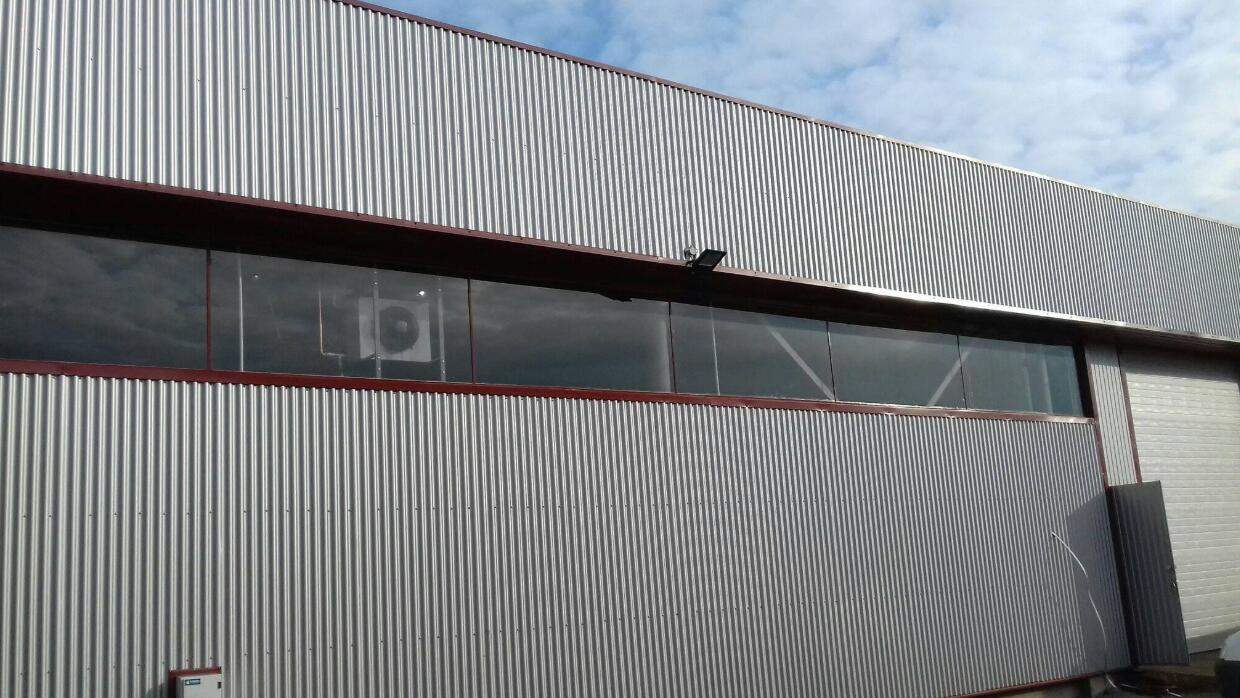wall and roof panel roll forming machine
Wall and Roof Panel Roll Forming Machines Revolutionizing Construction
In the fast-evolving world of construction, efficiency and quality are paramount. One of the technological advancements that have significantly impacted this industry is the wall and roof panel roll forming machine. These machines have revolutionized the way metal panels are produced and installed, ensuring faster construction times, enhanced durability, and improved aesthetics.
What is a Wall and Roof Panel Roll Forming Machine?
A wall and roof panel roll forming machine is a specialized piece of equipment designed to create metal panels used in roofing and wall applications. The process involves feeding flat metal sheets into the machine, where they are progressively shaped and formed into specific profiles. These machines can produce a variety of profiles, including standing seam roofs and insulated wall panels, catering to the diverse needs of the construction industry.
The Roll Forming Process
The roll forming process is continuous and efficient. It begins with the input of flat steel or aluminum sheets, which are then fed into a series of rollers. Each set of rollers progressively shapes the material, bending and forming it into the desired profile without cutting or wasting material. This method not only conserves raw materials but also ensures precise dimensions and consistent quality across all panels.
Once formed, the panels can be treated with various coatings to enhance their protective properties and aesthetics. Common treatments include painting and galvanization, which protect against corrosion and improve weather resistance. The end products are lightweight, durable, and easy to handle, making them ideal for a wide range of construction applications.
Advantages of Using Roll Forming Machines
1. Efficiency and Speed Traditional panel manufacturing methods can be time-consuming and labor-intensive. Roll forming machines streamline production, resulting in faster lead times. Their ability to produce long lengths of material in a continuous process minimizes downtime and maximizes productivity.
2. Consistency and Quality The automated nature of roll forming ensures that each panel produced is identical. This consistency is crucial for large-scale construction projects where uniformity is necessary for structural integrity and aesthetic appeal.
3. Material Waste Reduction Roll forming minimizes waste by recycling excess material back into the system. This not only results in cost savings but also contributes to more sustainable construction practices.
4. Versatility Modern roll forming machines can be customized to produce various panel profiles and sizes. This versatility allows builders and contractors to cater to specific project requirements without the need for multiple machines.
wall and roof panel roll forming machine

5. Lightweight and Strong Roll-formed metal panels are lightweight yet strong, offering excellent structural reliability while reducing transportation costs. Their lightness translates to easier handling and installation on-site.
Applications in Construction
Wall and roof panel roll forming machines find applications in various sectors, including commercial, industrial, and residential construction. These panels are widely used for
- Commercial Buildings Roll-formed panels provide an attractive and durable option for offices, retail stores, and warehouses.
- Industrial Facilities Their robust characteristics make them ideal for factories, distribution centers, and manufacturing plants, where strength and durability are critical.
- Residential Projects Their aesthetic customization options allow homeowners and builders to create visually appealing designs that enhance property value.
- Agricultural Buildings Roll forming offers cost-effective solutions for barns, silos, and other agricultural structures that require weather resistance and durability.
Future Trends
As the construction industry continues to embrace innovation, the demand for wall and roof panel roll forming machines is expected to grow. Technological advancements such as automation, 3D printing, and integration with Building Information Modeling (BIM) are likely to further enhance the efficiency and capabilities of these machines.
Additionally, with the construction industry's increasing focus on sustainability, manufacturers are exploring eco-friendly materials and processes. This could lead to the development of panels made from recycled materials or those offering superior energy efficiency.
Conclusion
In conclusion, the wall and roof panel roll forming machine is a cornerstone of modern construction technology. By combining efficiency, quality, and sustainability, these machines are transforming how structures are built, offering solutions that meet the demands of today’s construction projects. As technology advances, we can expect even more innovations in this critical field, helping to shape the future of building and design.
-
Roof Panel Machines: Buying Guide, Types, and PricingNewsJul.04, 2025
-
Purlin Machines: Types, Features, and Pricing GuideNewsJul.04, 2025
-
Metal Embossing Machines: Types, Applications, and Buying GuideNewsJul.04, 2025
-
Gutter Machines: Features, Types, and Cost BreakdownNewsJul.04, 2025
-
Cut to Length Line: Overview, Equipment, and Buying GuideNewsJul.04, 2025
-
Auto Stacker: Features, Applications, and Cost BreakdownNewsJul.04, 2025
-
Top Drywall Profile Machine Models for SaleNewsJun.05, 2025








